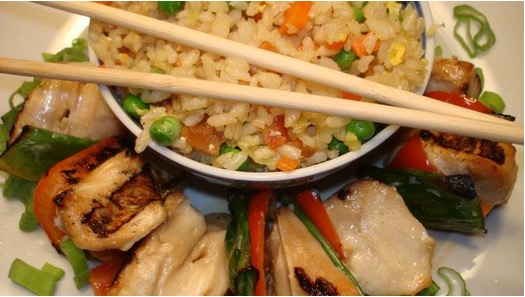 Interview with Master Minagawa
This
past month Senior Instructor Jean-Louis de Gandt had an opportunity to
interview Masashi Minagawa Sensei to collect his thoughts on the role of
kenjutsu in Shintaido, the interaction between the ‘martial’ and the
‘spiritual’ in Shintaido, and Shintaido’s special relationship’ with
nature. You
will find a lot of very useful information and explanations in this
article based on Minagawa Sensei’s personal experience, and also a
number of explanations of deep Japanese cultural references, including
the evolution of martial arts in Japan over the centuries, the influence
of Buddhism and Shintoism, the symbolism of the sword in the Japanese
history and culture up to the present day, and much much more: Don’t
miss it! Read this wonderfull and informative article ....  International Shintaido Year-end Financial Report
We are delighted to report that our organization has achieved 82 members,
up from 64 in 2018. The increase derives from the inclusion of new
instructors along with people who were already instructors and decided
to join and become recognized as an International Shintaido Instructor. The geographic distribution is 44 for Europe, 32 for North America, and 6 for Japan. A number of countries have as many as 100% of their instructors as members of International Shintaido. A
big thank-you to all of you for supporting the International part of
the greater Shintaido organization, especially the support of ITEC
(International Technical and Examination Committee) activities! Membership
dues fund the organization. As an open pluralistic group, it is
important to keep members updated on our vitality as an
organization. In this spirit, please find the year-end financial
report for your review: International Shintaido Year-End 2019 Financial Report You
will note receipt of a donation from the International Shintaido
College in the year-end financial report. You are likely to recall
that ISC was the name of a non-profit organization that attempted to
form in California several years ago. This donation represents the
formal dissolution of the ISC organization. Questions can be
referred to Lee Ordeman (leeordeman@gmail.com) or Connie Borden
(bordensheets@aol.com). If you are interested, the following links
regarding the dissolution are provided for convenience: Board Meeting Minutes 4 January 2020
ISC Final Resolution report
ISC Final Financial Statement
 RAKUTENKAI DAYS
Wisdom Found in Chinatown: The Wok Apprentice’s Story
By Lee Ordeman LEANING
OVER THE STOVE in the dimly lit kitchen, his head and hands appear to
glow, illumined by a little overhead work light as he handles a blazing
hot wok. He pays little attention to the growing din of partygoers
crowding the space. Beers are offered and wine glasses clink amid
relaxed and happy conversation, the kind that follows a good gasshuku –
this time in Quebec last September. Yet
the sound that communicates most to the hungry gathering is the steely
clattering of the wok as it skips and bangs over a high blue flame. The
cook whips his left wrist and a shower of rice, diced carrots,
scallions, and pork rises above the stovetop. Heads turn to watch as the
mix falls miraculously back into the deftly positioned pan. “Tamago!”
he calls out, demanding the next ingredient. A sloshing donburi full of
whisked eggs arrives as he pushes the steaming rice mix aside. The cook
splashes the bowl’s contents across the pan. The eggs sear and sigh and
soon solidify enough to be scrambled and chopped into bits by a bamboo
rice paddle. The
eggs then join the waiting rice mix for a final toss. Their bright
glints of yellow complement flecks of scallion green and carrot orange
throughout the toasty-brown rice. Scents of soy, pepper, and turmeric
rise and tease the waiting dinner guests. They
watch the pan’s contents move to a large bowl and then onto a round
white table that occupies the center of the kitchen. Plates and bowls,
spoons and chopsticks are issued, and the guests line up to taste what
their other senses have been telling them for the last 10 minutes:
 this rice is delicious and this guy – the leader of the weekend’s gasshuku, Master H.F. Ito – knows how to cook... Read the rest of this article ...  |